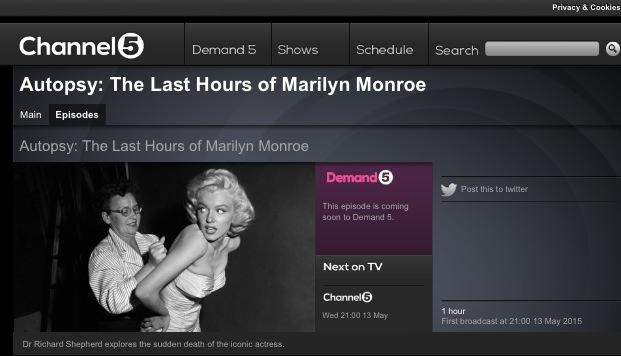
Autopsy: The Last Hours of Marilyn Monroe, a new documentary in which leading forensic pathologist Dr Richard Shepherd argues that Marilyn’s death was a result of medical negligence, will be screened tonight at 9 pm on Channel 5 in the UK.
Marilyn Monroe 1926-1962

Autopsy: The Last Hours of Marilyn Monroe, a new documentary in which leading forensic pathologist Dr Richard Shepherd argues that Marilyn’s death was a result of medical negligence, will be screened tonight at 9 pm on Channel 5 in the UK.
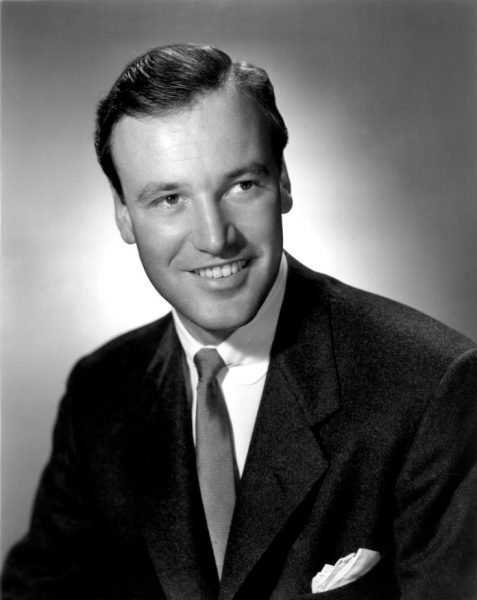
Although best-known for his role as Lee Majors’ boss in The Six Million Dollar Man, Richard Anderson’s career dates back to the golden age of Hollywood. Born in 1926, he made his movie debut in 1947 – just like Marilyn Monroe. Anderson would later appear in Bus Stop, a TV series based on Marilyn’s 1956 movie. But as he reveals in a new book, Richard Anderson – At Last…, their first encounter occurred long before she appeared before a camera.
“Part of my job as Commissioner of Safety at University High was to sit at the east gate to make sure that the students had a pass to come to school and leave.
One day, I was eating a 15-cent lunch of egg salad sandwich and my favourite dessert – sherbet.
Sitting there eating raspberry sherbet, the east gate door opens and in walks this lady. Blonde with everything else that counts. She gave me a big smile, and I stopped eating.
‘How are you?’ she murmured.
‘I’m fine now,’ I said…
From the east gate to the main building is a long, long walk. She smiled her beautiful smile and then slowly moved away – very slowly – I watched the way she moved until she was out of sight. What a walk. I was transfixed. I also wasn’t hungry anymore…
Moreover, I forgot to ask for her pass!
I would later learn that her name was Norma Jeane Mortenson. But she will be forever be known to all as…Marilyn Monroe.”
Anderson was also a student at University High School, volunteering for the Commissioner of Safety post in 1941. Norma Jeane’s first boyfriend, Chuck Moran – whom she dated that year – was a University High student, although at the time of their relationship, Norma Jeane attended Emerson Junior High.
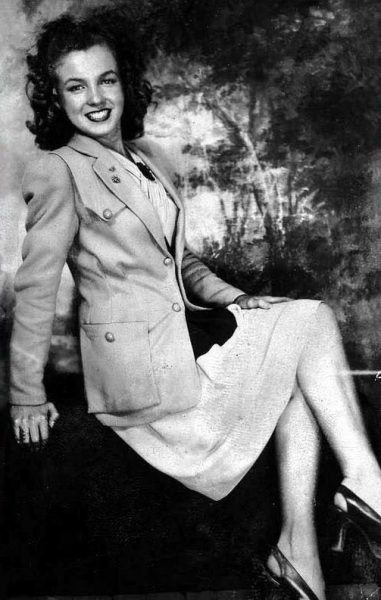
In September 1941, while living with Grace Goddard and her family, Norma Jeane enrolled at Van Nuys High. But in February 1942, after Grace’s husband was promoted to a post in his native West Virginia, fifteen year-old Norma Jeane returned to live with Ana Lower, and transferred to University High. By June, she had left school to marry Jim Dougherty.
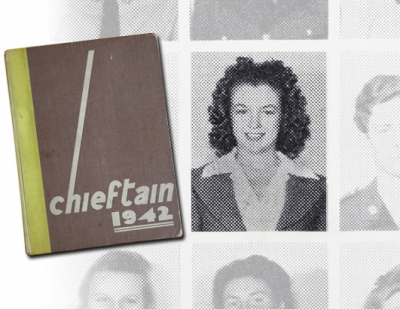
Norma Jeane was not yet a blonde at this time, although she could be described as ‘California blonde’ (because her hair lightened in the sun.) But Anderson’s story rings true. By the late 1940s, he was a member of the Actors Lab in Los Angeles, recalling that Marilyn and John Garfield were also regulars.
He also recalls seeing Marilyn, now a major star, in the Fox Commissary with her Monkey Business co-star Cary Grant and director Howard Hawks. Grant went to the trouble of introducing her to Anderson. However, she recognised him instantly.
This story is also believable, as Marilyn never took even the smallest kindness for granted. Anderson writes that he was on loan to Fox for A Life of Her Own (starring Lana Turner), but that film was made at MGM in 1950, two years before Monkey Business.
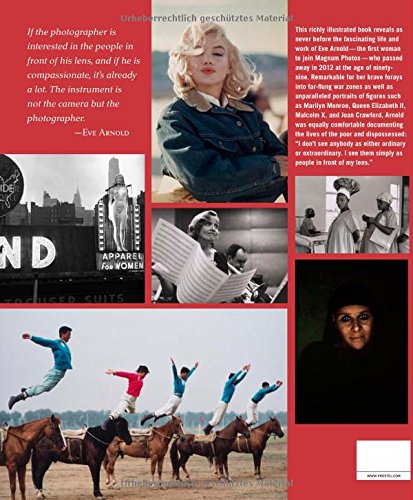
Alongside fellow Magnum alumni Elliott Erwitt, the late Eve Arnold is one of Marilyn’s most frequently anthologised photographers. Eve Arnold: Magnum Legacy, a new photo-biography documenting her long career, is just the latest tribute. (Marilyn is featured, though the photos are not rare.)
Interestingly, while Arnold claimed to have first met Marilyn in 1952 (in her own book, Marilyn Monroe: An Appreciation), Magnum Legacy author Janine di Giovanni states that they were introduced later, at a party for John Huston. (Unfortunately, the main text suggests the party occurred in 1954, while an appendix places it in 1955.)

Eve Arnold’s earliest photos of Marilyn – the famous Ulysses session – appear to date from Labour Day weekend in New York, 1955. Seasoned MM fans agree that her hairstyle and striped top date from this period, and not 1952 as Arnold originally stated.
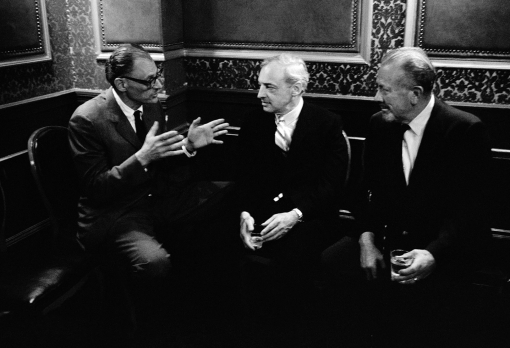
Novelist Saul Bellow befriended Arthur Miller in 1956, when both were waiting out their first divorces in Reno, Nevada. During this period, Miller wrote a short story which he would later develop into The Misfits, a ‘valentine’ for Marilyn Monroe. Bellow’s next marriage would end in 1959, a year before Miller’s; and Bellow died in 2005, just a few months after Miller. Reviewing The Life of Saul Bellow, Zachary Leader’s recently-published, authorised biography, for the New Statesman, Leo Robson takes a closer look at this brief period which would come to define Miller’s future – and Marilyn’s.
“When he gets to the period in 1956 when Bellow and Arthur Miller were neighbours in Reno, Nevada, sitting out the six-week residency required to gain a divorce, Leader shuns the opportunity to define Bellow in relation to an exact contemporary, also at odds with his background (Bellow read Lenin in a coal delivery office; Miller read Tolstoy between fixing cars), also involved in Roosevelt’s Works Progress Administration, also rejected for military service, also reared on Marxist theory and concerned with the fragile status of the individual man in a city, a century, a mass, and so on. In a book bursting with allusions to forgotten book reviews, he doesn’t mention that Bellow had written about Miller’s novel Focus. (He complained that the heroism of Miller’s central character was ‘clipped to his lapel like a delegate’s badge at a liberal convention’.)
Life in Reno was quiet. The ‘biggest event’ of a typical day, Miller recalled, came when Bellow spent ‘half an hour up behind a hill a half-mile from the cottages emptying his lungs roaring at the stillness, an exercise in self-contact, I supposed’. Once a week, Bellow drove him to town in his Chevrolet to do shopping and laundry.
The writers, two decades after starting out, a decade after making their first mark, were at the pinnacle of their professions, Miller a Pulitzer winner, Bellow a National Book Award-winner. But Bellow’s second wife, Sondra, in a letter that Leader doesn’t quote, recalled that she ‘never heard a single literary exchange’ between the two writers, not least because Miller ‘talked non-stop’ about Marilyn Monroe – ‘her career, her beauty, her talent, even her perfect feet… all quite enlightening since neither Mr Bellow nor I had ever even heard of her before this’. Back in New York, the couples became friends. One night, at dinner in Little Italy, an area where Monroe, having recently left Joe DiMaggio, was unpopular, they had to make a quick escape to avoid potential mob violence. (Bellow and Monroe later dined alone: ‘I have yet to see anything in Marilyn that isn’t genuine,’ he wrote. ‘Surrounded by thousands she conducts herself like a philosopher.’)
Sondra Bellow said that if there was a ‘bond’ – her quotation marks – between Bellow and Miller, it had less to do ‘with their being writers, and more to do with their being in somewhat the same place’. She also recalled that Bellow didn’t consider Miller ‘a real intellectual (like the Partisan Review crowd)’. Miller would have agreed. In Timebends, he wrote that Bellow, who spent most of his life teaching in universities – Bard, Princeton and, for more than 30 years, Chicago – had brought with him a library of books ‘large enough for a small college’. (When Miller packed up his things, all his possessions – apart from his typewriter – could be carried in a single valise.) On the whole, Miller was more practical-minded. He saw no benefit in ideas as an end in themselves and thought hard about art’s importance in a changing society.”

Elisa Jordan, who writes about Marilyn for Examiner.com and manages L.A. Woman Tours, will give a lecture entitled ‘Marilyn Monroe: The Hollywood Rebel’ on May 21 at 6.30 pm at the Whittier Library in Los Angeles County, California. If you’re in the area, this event is not to be missed.
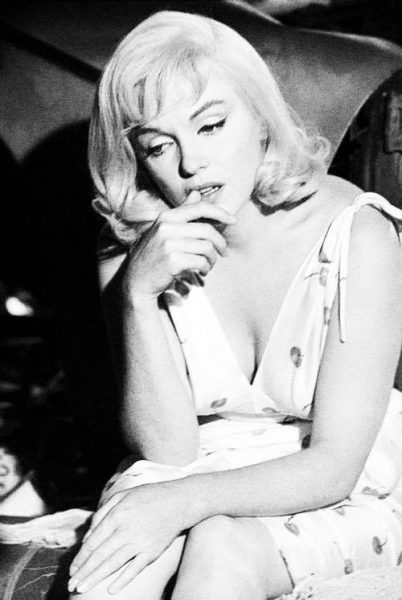
In anticipation of the UK’s re-release of The Misfits on June 12, here’s a review of Marilyn’s last completed movie, from Adam Nayman at The AV Club:
“Gentlemen Prefer Blondes and Some Like It Hot celebrated Monroe’s otherworldly softness and sexuality (which she was also brilliant at playing for self-reflexive comedy). The Misfits frames them as a liability—she accidentally seduces every man around her, a blameless siren who responds to her suitors with disappointment. Roslyn is so out of her element that she seems like a tragic heroine, even if the story ultimately contrives her a happy ending.”
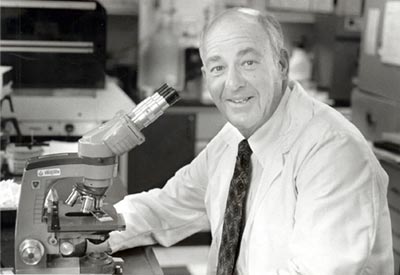
One of the world’s most renowned forensic pathologists, Dr Cyril Wecht, has been interviewed by Immortal Marilyn’s Marijane Gray, sharing his detailed insights on the many questions surrounding Monroe’s mysterious death.
“Marilyn Monroe was more than just fodder for conspiracy. She was a living, breathing human being who deserves more than what’s she’s been given after her death. Some of the outlandish theories surrounding her death, those with lack of clear motive and lack of any evidence, portray the real woman in such a light that is completely unfamiliar to those who knew and loved her. She becomes a caricature for the tabloids that is removed from who she actually was. While celebrating her life should always be at the forefront, examining her death and debunking the lies and slander also helps us get a clearer picture of who she was. She was not a needy, clingy, delusional woman who was murdered because she ‘knew too much’, she was a strong, tough, remarkable woman who was tragically gone from this world too soon. While she was alive, she constantly yearned for respect, and in death, she has still not been granted it. Let us respect Marilyn Monroe by not continuing to slander her death with rumor and speculation, but honor her with nothing but evidence based facts. Dr. Wecht finalizes this in his book Tales from the Morgue, in which he states: ‘We can nevertheless analyze her life and hold it side by side with the scientific facts left by death. It is easy to want someone with such a remarkable life to have a sensational death…..And here, after brief examination of the woman in life and a more thorough examination of the body in death, I must conclude that I agree with Dr. Tom Noguchi and with the 1982 investigation by the Los Angeles District Attorney’s office. I see no credible evidence to support a murder theory.”